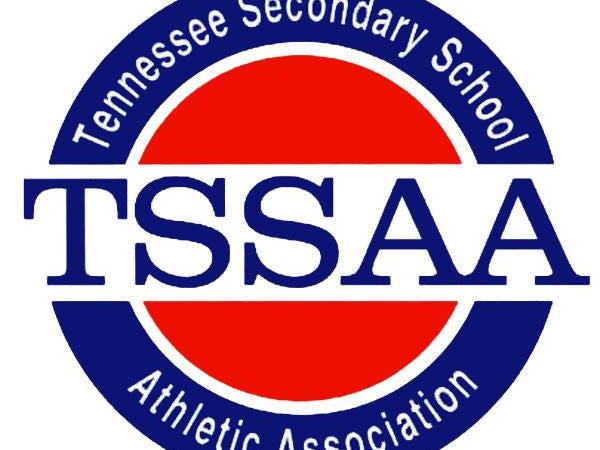
TSSAA logo
The TSSAA’s Legislative Council will vote Thursday on a potential public-private split beginning with the 2017-18 school year.
Here are the five plans the state high school athletic association’s Legislative Council is considering. A majority vote of the nine-person council is needed for the plan to be approved.
Total public-private split
All private schools would compete in Division II.
In Division I, there could be a reduction in football classes from six to five. In Division II, the TSSAA could keep two classes or go with three.
Schools can choose to go up in classification.
Keep current system
This plan would be the easiest to implement.
Schools that provide need-based financial aid compete in Division II. Those that do not can choose to remain in Division I. However, any school can elect to compete in Division II.
But there would be some changes:
Schools that charge tuition and employ parents, guardians or other family members of athletes and are not full-time educators or classified employees would have to compete in Division II.
Schools that charge tuition and employ athletes also would have to compete in Division II.
Tuition-receiving would include all private schools as well as any public school that charges a tuition for an out-of-zone student.
Postseason split
Public schools and private schools would compete together during the regular season, similar to the way it was prior to when Division II was created. In the postseason, public and private schools would split.
Schools must play all schools in their respective districts and regions during the regular season. In the public school division, seeding for postseason play would be decided by the schools within the district.
Seeding for football in the private school division would be determined by how teams did against each other within the division. A seeding format for other sports hasn’t been determined.
Success advancement
Schools would be divided into two divisions. One is an open division, which consists of any school that charges tuition for 10 percent or more of its students. That would include all private schools and some public schools that charge tuition for open-zone cases.
The rest of the schools would be split into three classes and would not use a success advancement component.
A school in the open division will advance one classification if one of these situations occurs during the first three years of a classification period in any two of the following sports: football, basketball, baseball and softball.
• The school has two or more appearances in the state championship game.
• The school has three appearances in a state semifinal.
Some schools that would be bumped up looking at the past three years include CPA, Knoxville Catholic, Fulton and Knoxville Grace.
Once a school is moved up in classification, there is a way for it to move back down after the next classification period.
If a school receives fewer than eight points during the first three years of a classification period then it will go back down in classification if it has gone up. Sports used in the point system include football, basketball, baseball and softball.
Regional tournament runner-up counts as one point; sectional appearance (2); state team tournament appearance (3); state team tournament runner-up (4); state team tournament championship (5).
If a school is moved up, the smallest school in that class will move down a class.
Notable open-zone schools that would be under the advancement component include Alcoa, Cleveland, Dyersburg, Gibson County, McKenzie, Maryville, Oak Ridge, Science Hill and Tullahoma.
Urban-Rural split
Schools would be separated based on whether they are considered an urban or rural institution, which would be determined by the population density of the area surrounding the school.
Those with a density of less than 400 people per square mile would be considered rural schools. The rest would be urban.
This system includes five classifications — Class A and AA for rural schools and AAA, AAAA and AAAAA for urban schools. All schools would be in the same division.
Three enrollment multipliers would be used. A 2.25 for private schools offering need-based financial aid, a 2.0 for all other private schools and a 1.25 for charter and magnet schools.